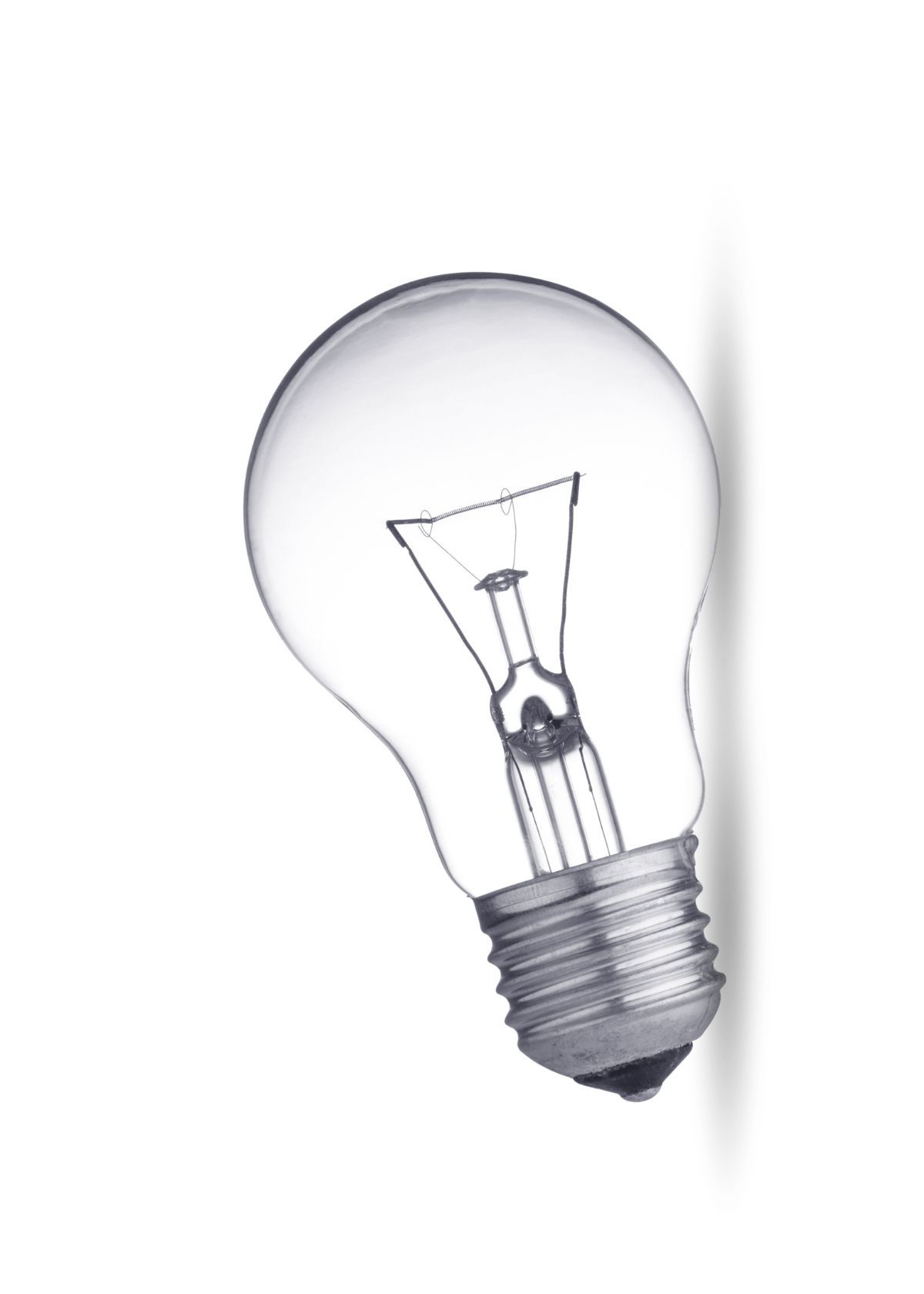Can Fluorescent Light Bulbs Recharge Solar Batteries? Fluorescent light bulbs are widely used in many homes and businesses around the world. They provide bright, efficient lighting at a fraction of the cost of regular incandescent bulbs. But what about using fluorescent light bulbs to recharge solar batteries? It can be done, but there are some considerations that need to be made before attempting it.
In this blog, I will look at what fluorescent light bulbs are and how they work, as well as explore the advantages and disadvantages of recharging solar batteries with them. I will also provide some installation tips and best practices for those looking to use fluorescent lights to recharge their solar batteries.
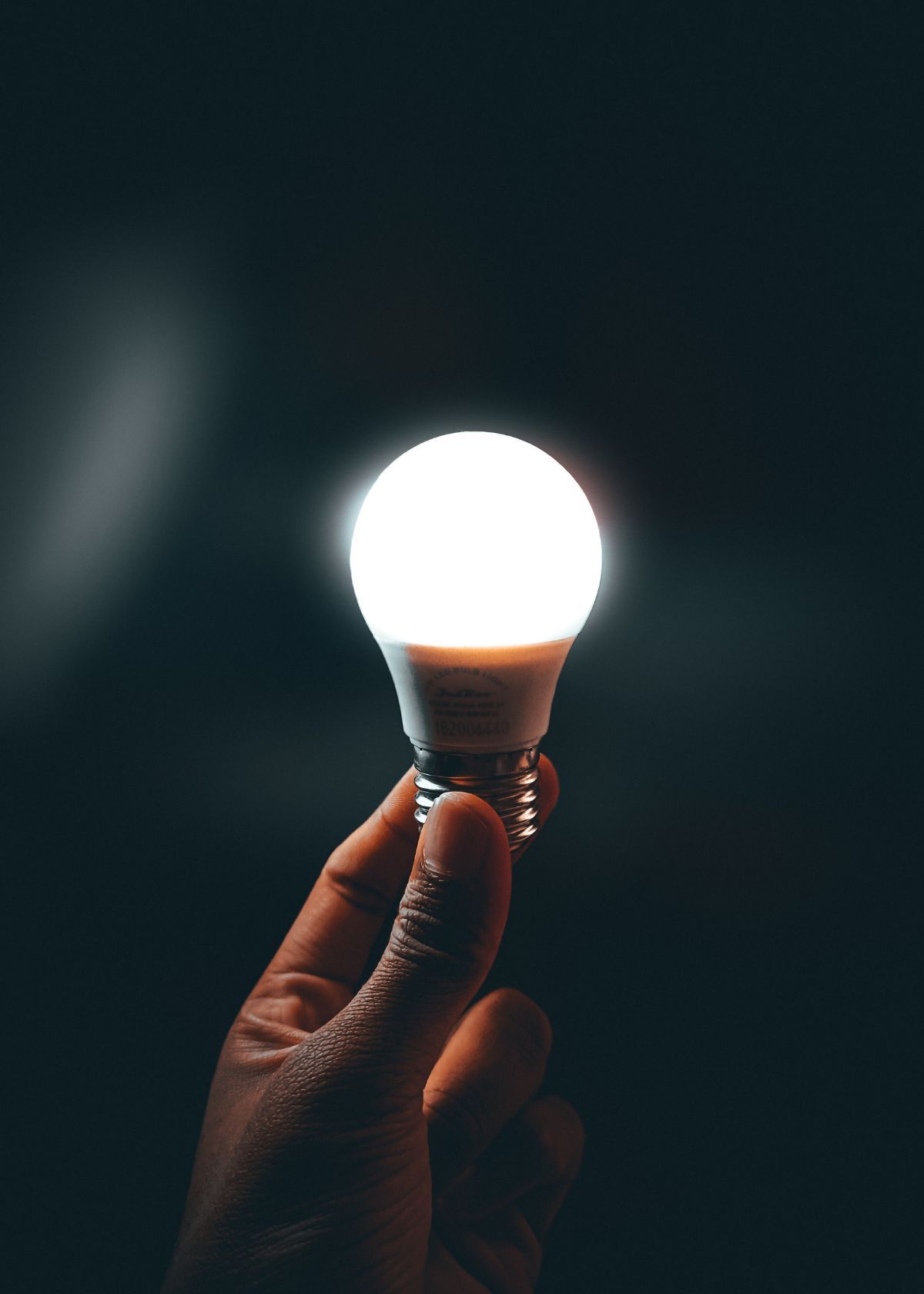
What Are Fluorescent Light Bulbs and How Do They Work
Fluorescent light bulbs are a type of lighting technology that has been around since the early 20th century. Unlike traditional incandescent bulbs, which use an electric current to heat up a filament, fluorescent light bulbs use an electric current to excite mercury vapor, producing ultraviolet (UV) radiation. This UV radiation then passes through a phosphor coating on the bulb, which converts it into visible light.
Fluorescent light bulbs are more energy efficient than regular incandescent bulbs and can last up to 10 times longer. They also emit very little heat, making them ideal for use in areas that need bright lighting but don't need to be heated.
Is It Possible to Recharge Solar Batteries with Fluorescent Light Bulbs
Can Fluorescent Light Bulbs Recharge Solar Batteries? Yes, it is possible to recharge solar batteries with fluorescent light bulbs. The UV radiation emitted by the bulb excites the electrons in the battery, causing them to move around and generate electricity. This electricity can then be used to recharge the battery.
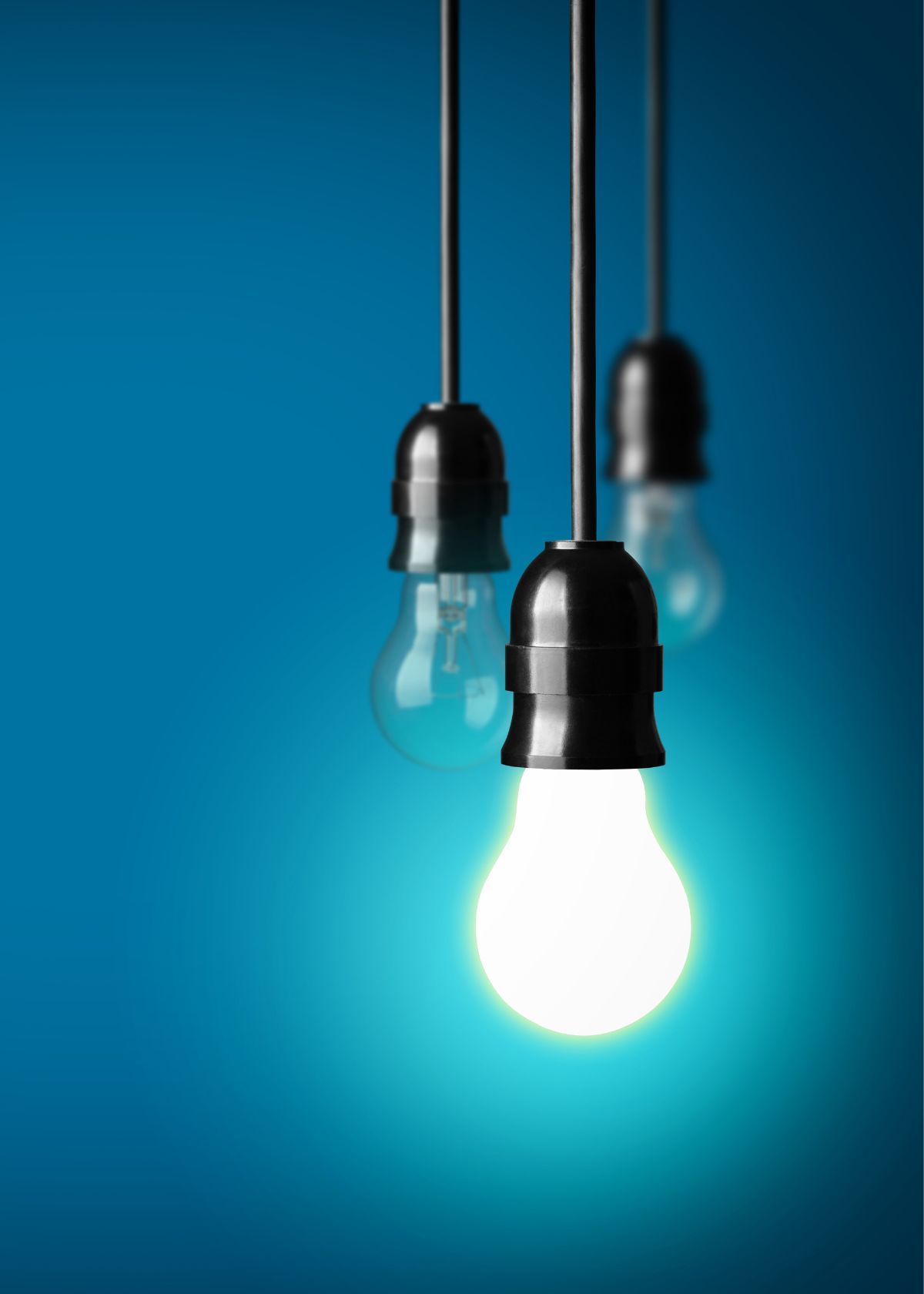
Advantages of Recharging Solar Batteries with Fluorescent Light Bulbs
Cost Savings
Recharging solar batteries with fluorescent light bulbs can be a cost-effective option, as the bulbs are generally much cheaper than traditional incandescent bulbs. This makes them ideal for those who want to save money on their energy costs.
Energy Efficiency
Fluorescent light bulbs are very efficient in terms of energy usage. They use far less electricity than traditional incandescent bulbs, resulting in lower energy bills and a smaller carbon footprint.
Long Life
Fluorescent light bulbs can last up to 10 times longer than regular incandescent bulbs, meaning they need to be replaced less often. This makes them ideal for those who want energy-efficient lighting that they don't have to replace often.
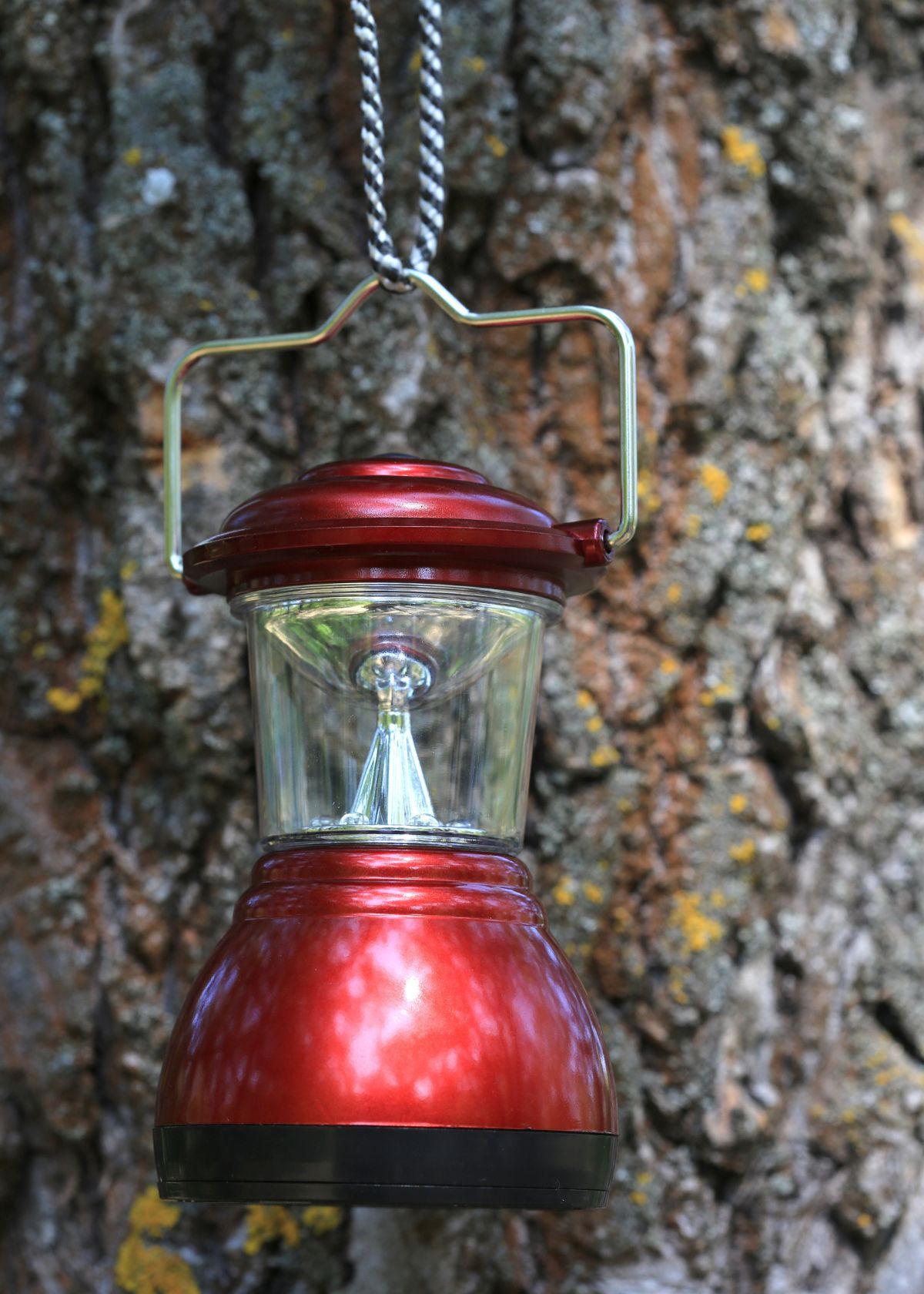
Disadvantages of Recharging Solar Batteries with Fluorescent Light Bulbs
Limited Power Output
Fluorescent light bulbs do not produce enough power to fully recharge a solar battery. They can only provide a small amount of electricity, which may not be enough for some applications.
Lack of Control
The amount of electricity that is produced by a fluorescent light bulb is dependent on the strength and quality of the bulb. This makes it difficult to predict how much electricity will be produced, making it hard to control the amount of power that is generated.
Installation Tips for Recharging Solar Batteries with Fluorescent Light Bulbs
When installing fluorescent light bulbs for recharging solar batteries, following a few safety tips is important. Always use proper safety gear, such as gloves and eye protection, when handling the bulbs. Additionally, it is important to make sure that the wires connecting the bulb to the battery are insulated properly and not exposed or damaged. Finally, be sure to turn off all power sources before attempting any installation work.
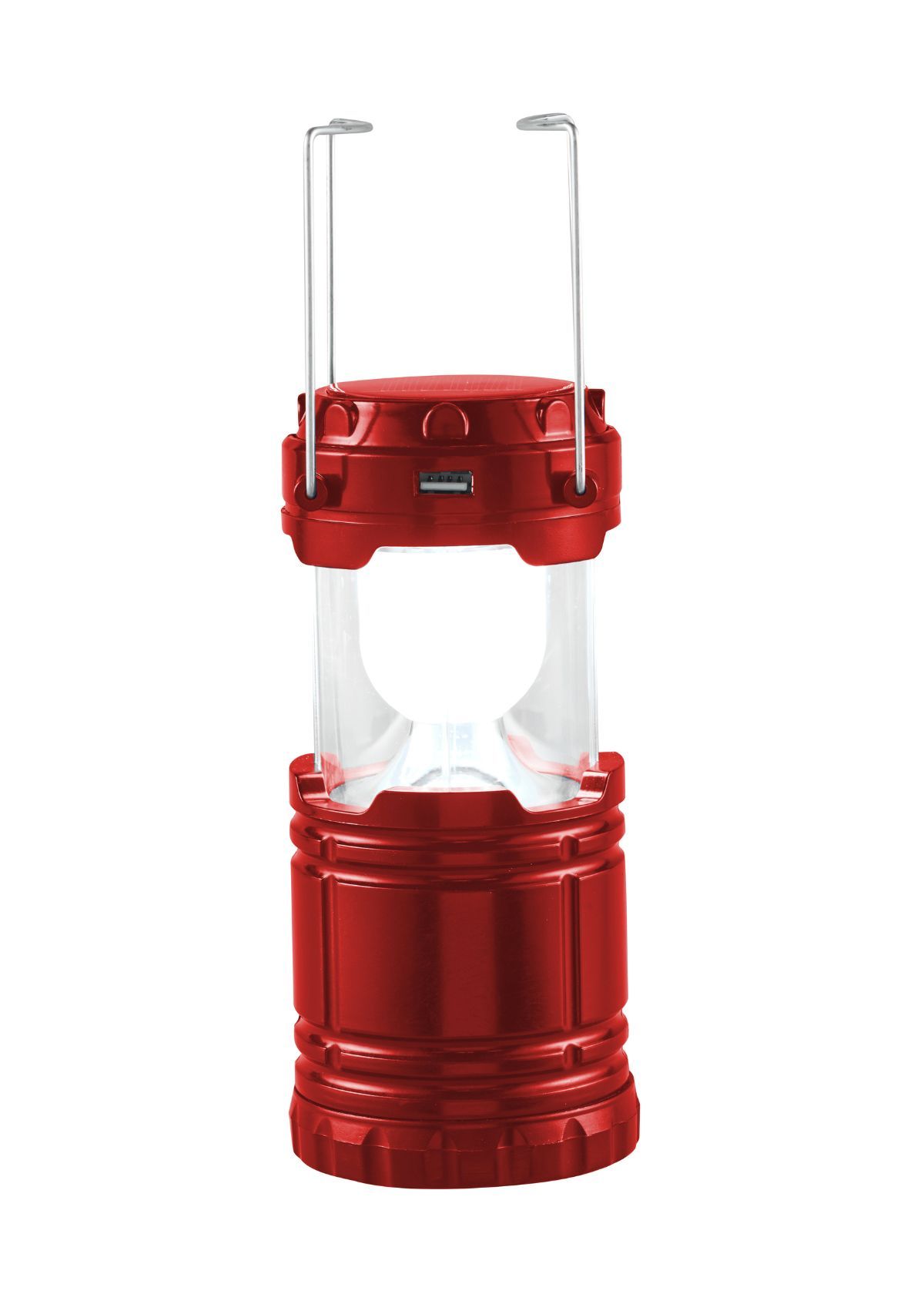
Best Practices for Recharging Solar Batteries
Can Fluorescent Light Bulbs Recharge Solar Batteries with best practices? The following are the best practices for recharging solar batteries:
Use Quality Bulbs
When recharging solar batteries with fluorescent light bulbs, it is important to use high-quality bulbs. Low-quality bulbs will not produce as much power and may even cause damage to the battery. Be sure to purchase bulbs from a reputable supplier for optimal results.
Clean the Bulb Regularly
Fluorescent light bulbs lose their efficacy over time. To ensure that they continue producing sufficient power, it is important to clean them regularly with a soft cloth. This will help keep the bulb in top condition and extend its life.
Position the Bulb Carefully
The position of the bulb can have an effect on how much power it produces. It should be placed in a location that receives direct sunlight for at least part of the day. Additionally, if possible, the bulb should be positioned to receive indirect light from other sources as well.

Special Considerations
Can Fluorescent Light Bulbs Recharge Solar Batteries? Yes you can. But the following are the special considerations:
Humidity
The amount of electricity produced by a fluorescent light bulb is affected by the humidity in the air. The higher the relative humidity, the more electricity will be generated. It is important to monitor this closely when recharging solar batteries with fluorescent light bulbs.
Temperature
The environment's temperature can also affect how much electricity is produced from a fluorescent light bulb. As the temperature rises, so does the amount of electricity generated. It is important to keep an eye on this when recharging solar batteries with fluorescent light bulbs.
Wrapping Up
Can Fluorescent Light Bulbs Recharge Solar Batteries? Recharging solar batteries with fluorescent light bulbs can offer cost savings and energy efficiency benefits. However, some drawbacks exist, such as limited power output and lack of control over the amount of electricity generated. Following the installation tips and best practices outlined above, you can ensure your solar batteries are properly recharged with fluorescent light bulbs.
This is an effective way to recharge solar batteries when traditional methods are not possible or practical. With the right precautions, recharging solar batteries with fluorescent light bulbs can be cost-effective and energy-efficient for powering your devices.



